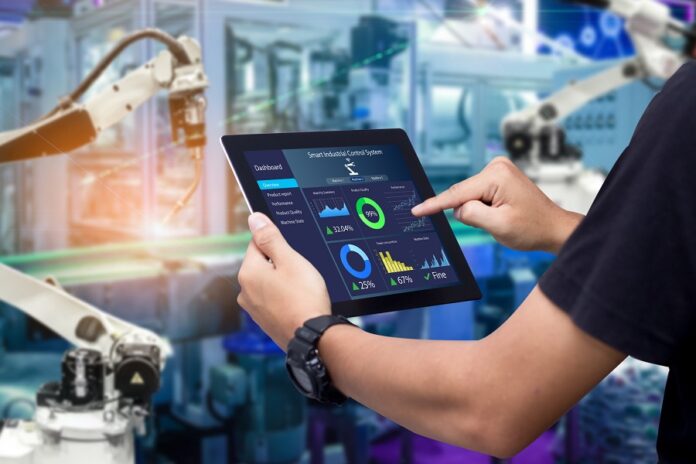Note: Today’s post is part of our “Editor’s Choice” series where we highlight recent posts published by our sponsors that provide supply chain insights and advice. This article is from Wayne Snyder at Blue Yonder, and looks at the intricacies of the ever-growing same-day delivery market.
The same-day delivery market is forecast to double over the next three years. According to a survey by Gatepoint Research, 40% of retailers are focusing on this as one of their 2022 priorities. And according to the 2022 Bringg Barometer: State of Retail Delivery & Fulfillment, 99% of retailers are aiming to offer this service within three years. While we see ever-increasing customer demand for quick delivery, as evidenced by the explosion of fast-delivery grocers and tie ups with Uber Eats and DoorDash, delivering this profitably remains a challenge. For many retailers, the focus has been on the last mile but now the focus needs to shift to the first step.
Step One: Right Inventory in the Right Location
In order to meet customer needs, retailers need to understand their customers’ expectations better. To provide this service, inventory must be close to the customer therefore stores are fast becoming a key part of the digital experience. But what merchandise needs to be where? For many retailers, store planning remains store-focused but the impact of online must now be considered. How should stores be laid out to support buy online, pickup in store that requires efficient in-store picking? Are there items that need to be held in back-room for ease of collection? What assortment is needed for the omni-channel shopper?
As the fulfillment network gets more complex, the key is intelligent demand forecasting capabilities, which understand different shopper journeys. What a customer wanted to purchase from one location but had to travel elsewhere to get becomes important to understand. Historically, demand and supply were aligned but in the complex world of omni-fulfillment, different actions are needed to ensure the right products are located in the best place to maximize inventory, reduce risk and improve the customer experience.
Step Two: Enhance the Shopper Experience
For a number of years, the consumer started their shopping journey through one channel and ended it through another. In-store and online experiences need to be seamless. Over the past few years, shoppers have expected to see item availability before they go to a store, something that took on an even greater importance during the COVID-19 pandemic. However, most websites still do not make it easy for customers to see stock levels and personalized delivery options as they shop. This is a must, not only for the customer but for the retailer. Rather than showing items are out of stock, you can easily advise a customer of a nearby store that has availability. Rather than making wide delivery promises, you can show exact delivery times tailored to that shopper improving both conversion and satisfaction.
According to Blue Yonder’s 2022 Consumer Sustainability Survey, nearly half (44%) of consumers said their interest in shopping sustainably increased since the start of the pandemic. This can include holding inventory closer to the customer to reduce emissions or offering green delivery options to consolidate orders in the most effective way. In this way, online shopping can provide significantly more sustainable options than visiting a mall.
Step Three: Flexible Fulfillment Network
The distributed network of the future is a mix of warehouses, micro-fulfilment sites, dark stores, and the extended use of the store footprint. Inventory will be held at third parties, sold through marketplaces or drop-shipped. The need is to fulfill close to the customer with the flexibility to orchestrate by order. We are already seeing growth in smaller footprints, highly automated micro-fulfillment centers, and the use of robotics, cobotics, smart storage and autonomous vehicles. While fast delivery will grow, not every item is needed immediately so retailers need to ensure they can deliver with the right mix of speed, cost and convenience.









